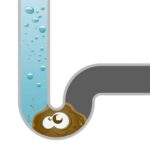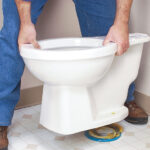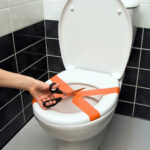Toilet clogged and no plunger in sight? Don’t panic! This guide reveals surprising DIY methods to unclog your toilet using household items like dish soap, baking soda, and even a coat hanger. Get your bathroom back in working order fast!
Few home problems are as disturbing as flushing the toilet and watching the water level rise instead of fall. If your toilet is clogged and you don’t have a plunger, don’t despair! This guide will walk you through some surprisingly effective tips and hacks that may help you clear that clog and get your toilet flowing smoothly again.
Before you start, assess the situation: Is the bowl full to the brim? Wearing rubber gloves, carefully remove some water with a container like a small bucket or an old jar to prevent overflow when you try to dislodge the clog. Can you see what’s causing the issue? If it’s something reachable (like a toy or excess toilet paper), try to remove it.
If you don’t have a plunger, try these ingenious tips and hacks for unclogging a toilet:
Method 1: Hot water and dish soap
Dawn dish soap is known for its grease-cutting ability.
- Squirt a generous amount of Dawn dish soap into the toilet bowl (about half a bottle), let it sit overnight.
- Fill a bucket or large container with hot water (not boiling, as it could damage the porcelain).
- Carefully pour the hot water into the bowl from waist height. The force of the water combined with the soap’s lubricating properties may help break down the clog.
- Let it sit for 15–20 minutes before attempting to flush.
Method 2: Baking soda and vinegar
- Pour 1 cup of baking soda into the toilet bowl.
- Slowly add 2 cups of white vinegar. The mixture will fizz and bubble – this is a good sign!
- Allow the solution to work for about 30 minutes. The chemical reaction can help dissolve organic matter causing the clog.
Method 3: Epsom salts
Similar to baking soda and vinegar, Epsom salts can react with water to create pressure and fizz. Pour about 1 cup of Epsom salts into the bowl and let it sit for a few hours. Then test the flush.
Method 4: Plastic bottle plunger
An empty, flexible plastic bottle (like a soda or water bottle) can act as a makeshift plunger. Fill it with water, place the opening over the drain, and squeeze the bottle to force water down and create pressure.
Method 5: Coat hanger and rag (with caution)
- Unwind a wire coat hanger and straighten it as much as possible.
- Wrap the end with a cloth or old rag to prevent scratching the porcelain.
- Carefully insert the wrapped end into the toilet drain and gently push and twist to try and dislodge the clog. Be very careful not to scratch or damage the toilet.
Method 6: Use a wet/dry vacuum
If you have a wet/dry shop vac, you can try using it to suck out the clog (never use a regular vacuum!). Be extremely careful to avoid getting any water into the motor. Wear rubber gloves.
- Prep the vacuum by emptying the tank, switching to “wet” mode, and attaching the hose.
- Prep the toilet by removing excess water—leave enough to cover the drain.
- Place the hose end of the vacuum over the drain and use a rag to create a seal.
- Turn on the vacuum and let it run for about 1-2 minutes. If you don’t see the clog moving or hear it get sucked up within that time, turn off the vacuum and check the hose. If the clog is still in the toilet, adjust the seal if necessary and try running the vacuum for another 1-2 minutes.
- Clean up. Turn off the vacuum, remove the hose, empty and rinse the tank.
Important Considerations
- Older toilets may have narrower traps and pipes, making them more prone to clogs. Be extra gentle when trying these methods.
- When mixing chemicals, always add vinegar to baking soda (not the other way around) to avoid a messy overflow caused by chemical reaction.
- Wear rubber gloves and avoid splashing when working with chemicals or attempting to remove a clog by hand.
- If none of these methods work, or if your toilet clogs frequently, it’s time to call a plumber. There may be a more serious issue with your plumbing.
Tips for Preventing Clogs
- Don’t overdo it. Avoid using excessive amounts of toilet paper.
- Watch what you flush. Never flush items like sanitary products, wipes (even “flushable” ones), or anything other than toilet paper and human waste.
- Regularly maintain. Consider using a drain-cleaning product periodically to prevent clogs from forming.
Conclusion
A clogged toilet is inconvenient, but it doesn’t have to be a disaster. With a little patience and these simple tricks, you can usually clear the clog yourself and avoid the cost and hassle of hiring a plumber.
FAQs: Unclogging Your Toilet Without a Plunger
Q: Can I unclog a toilet with just hot water?
A: Hot water alone might help soften a minor clog, but it’s usually not enough to clear a more stubborn blockage. Adding dish soap can increase its effectiveness.
Q: Is it safe to mix baking soda and vinegar in a toilet?
A: Yes, it’s safe. The fizzing reaction can help break down organic matter causing the clog. Just make sure to add the vinegar slowly to the baking soda to avoid overflow.
Q: Can I use a drain snake to unclog a toilet?
A: Absolutely! A drain snake (also called a toilet auger) is a flexible tool designed to break up and dislodge clogs in toilets and drains. It can be a very effective solution if other methods fail.
Q: How long does it take for baking soda and vinegar to unclog a toilet?
A: Let the baking soda and vinegar solution sit in the bowl for at least 30 minutes to an hour. The longer it sits, the more time the chemical reaction has to work on the clog.
Q: Will Drano unclog a toilet?
A: While Drano and similar chemical drain cleaners can be effective, they can also be harsh on your plumbing and potentially harmful to the environment. Try gentler methods first, and only use chemical cleaners as a last resort.
Q: What if none of these methods work?
A: If your toilet remains clogged after trying these methods, go to a local home improvement center or hardware store and buy a toilet plunger. If that doesn’t work, it’s best to call a plumber. There may be a deeper issue with your plumbing that requires professional attention.



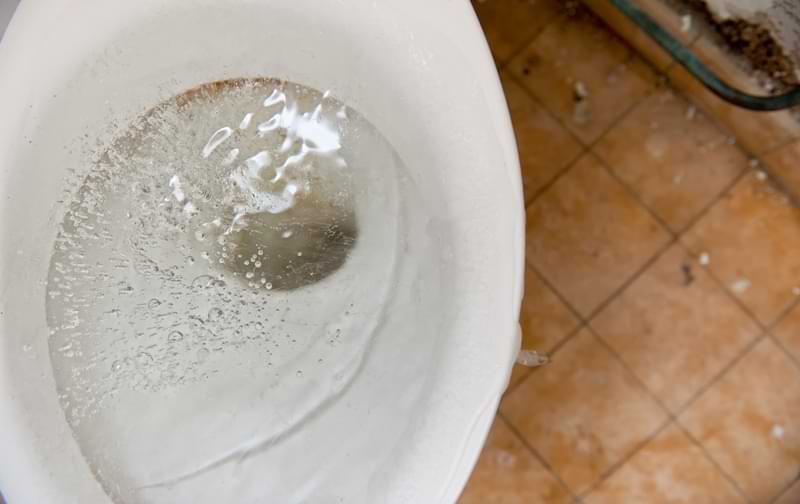
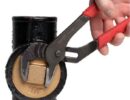
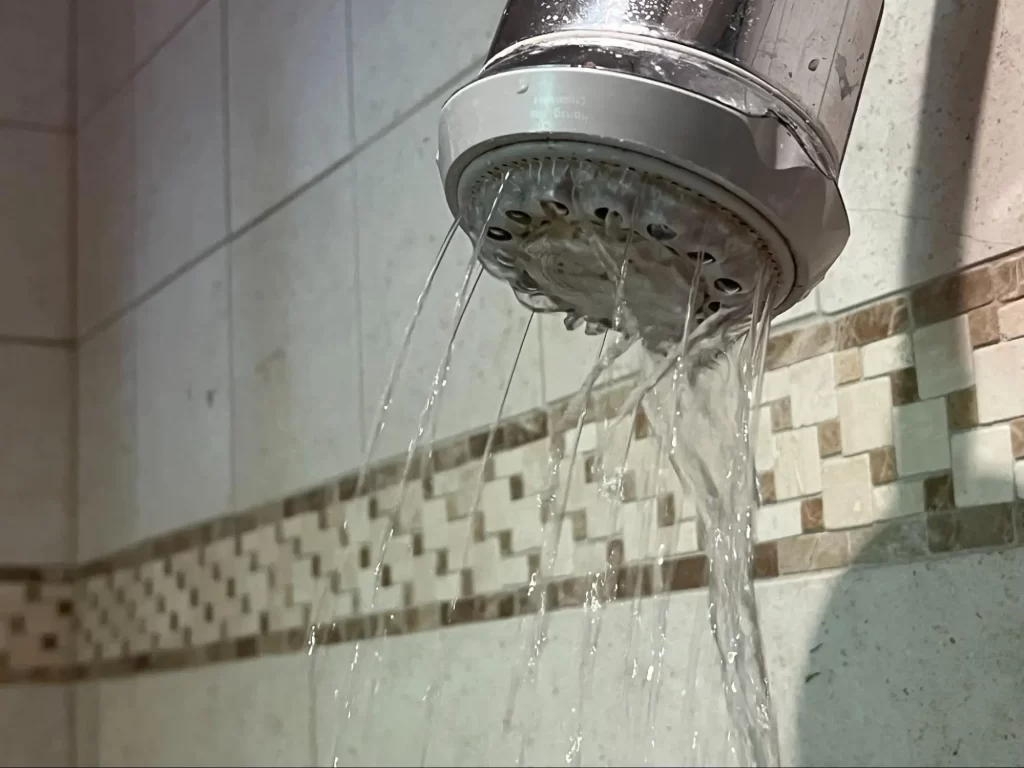


 Don Vandervort writes or edits every article at HomeTips. Don has:
Don Vandervort writes or edits every article at HomeTips. Don has:
